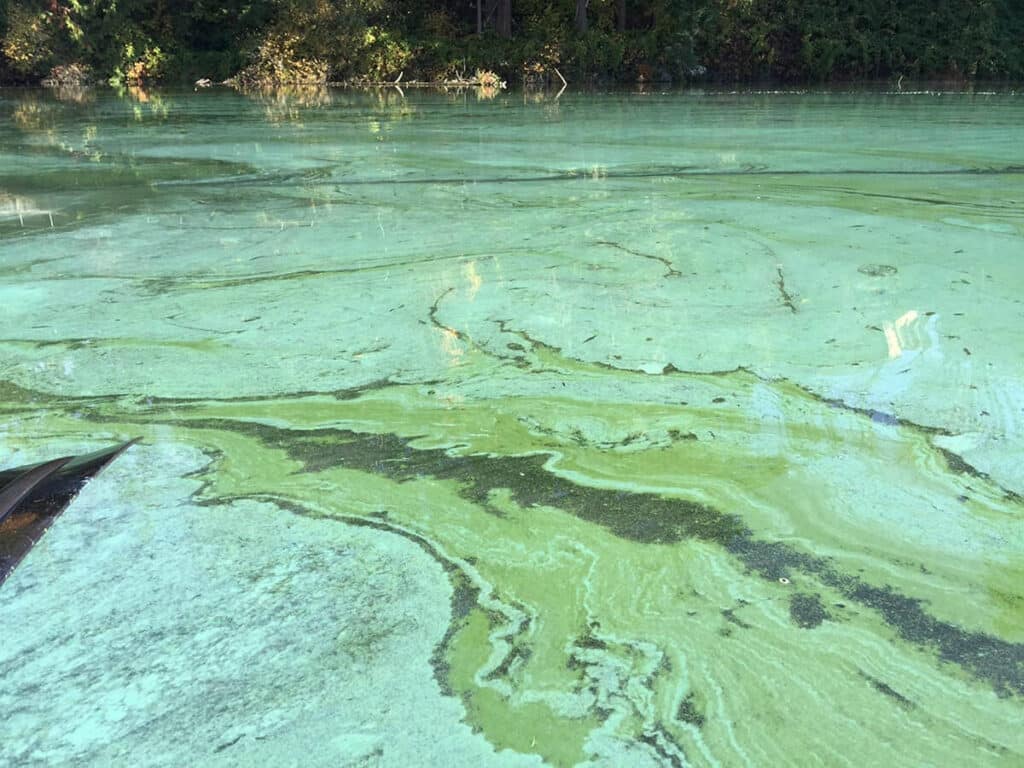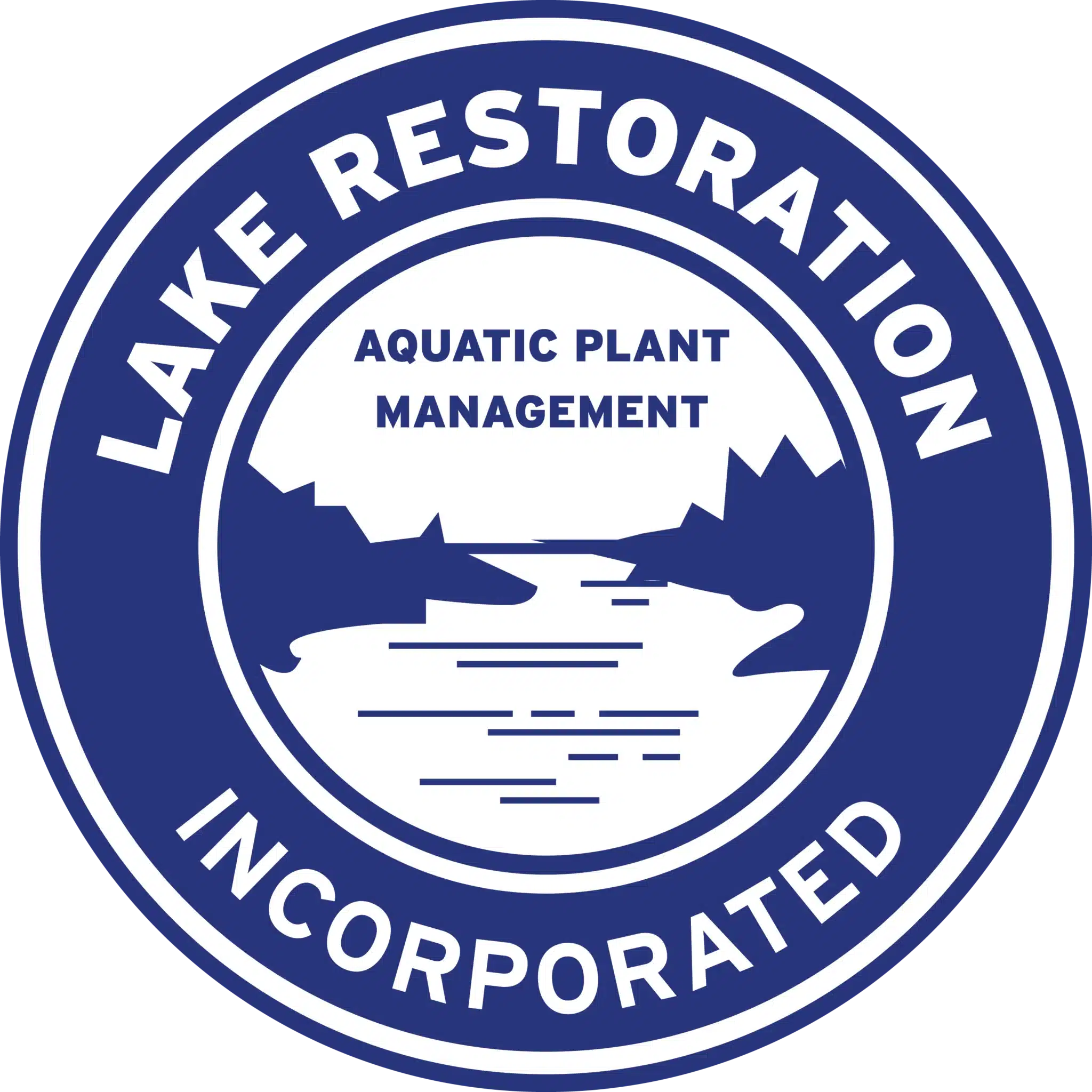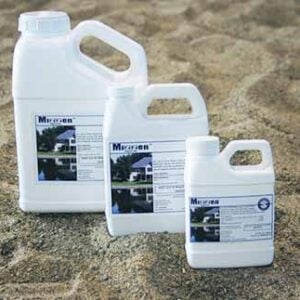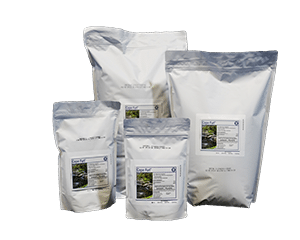
Control Blue Green Algae
Many people ask how to get rid of . The following options can be considered for how to control blue green algae.
Click here to read more about identifying this plant.
Dangers of blue green algae:
Blue green algae blooms can be colonies of bacteria, such as cyanobacteria, that are potentially dangerous to other living organisms. Not all cyanobacteria or blue green algae blooms are dangerous or potentially harmful. They would have to contain cyanotoxins.
Manual/Mechanical Control:
Manual and mechanical methods of removing blue green algae are not generally effective. The cyanobacteria cannot be raked or removed well. If you are considering how to remove algae, physically removing all the pond water and replacing it with fresh well water or other water can be an effective method of control. Changing the water is not a realistic solution for most situations. Algae can re-grow from any spores or fragments remaining in the water, as well as weather conditions such as warm temperatures.
Algaecide Control:
There are multiple options for how to kill blue green algae that offer great control. Copper algaecides generally offer the best control. However, while these products can kill the blue green algae, they will not remove the cyanotoxins. Treating regularly can reduce the scale of the blue green algae blooms and limit the total amount of cyanotoxins. Copper algaecides are not recommended in ponds with trout, koi, or channel catfish. Sodium percarbonate algaecides are a good alternative.
Copper algaecides:
- Mizzen (for ponds or lakes) – liquid that is diluted with water and sprayed over the algae, fast-acting. Re-apply when algae bloom again.
- Copper sulfate (for lakes) – granules that are broadcast over the algae, fast-acting.
Sodium percarbonate algaecides:
- Cape Furl (for ponds or lakes) – granules (almost a powder) that are broadcast over the algae, fast-acting. Re-apply when algae bloom again.
- GreenClean (for ponds or lakes) – granules that are broadcast over the algae, fast-acting. Re-apply when algae bloom again.
Treatment Tips:
If you have identified blue green algae in your water,
- Keep people, pets, and wildlife out of water when there is blue green algae present.
- Keep a close eye on the health of pets, people and wildlife. Signs of illness including vomiting or diarrhea could indicate the presence of cyanotoxins.
- Reach out to local natural resources, fish and wildlife or other agencies to see if you can get water tested for cyanotoxins to understand if there are any health and safety risks.
- Treat regularly with algaecides to lower the total blue green algae growth and associated toxin production.
- Reduce phosphorus with PhosControl.
When treating algae,
- If the algae are around the perimeter, treat the whole perimeter.
- Treat no more than half the pond at a time, about two weeks apart.
Prevent Algae Growth:
There are no products available that can completely prevent algae growth. Directly managing nuisance pond algae growth through regular pond algae treatment or removal efforts will always be important for pond algae control. However, you can work to limit algae growth by reducing the nutrients that algae need to grow. Phosphorus is the main nutrient for algae growth, and removing the phosphorus from the water is a proactive effort for algae reduction.
- PhosControl (for ponds or lakes) – granules that are broadcast into the treatment area. Bonds with the free phosphorus and some other organic materials. Use when there is minimal plant and algae growth.
- SparKlear (for ponds or lakes) – granules that are broadcast or liquid that is diluted and sprayed into the treatment area. The beneficial bacteria dissolve the excess nutrients, fast-acting.
Additional Algae Resources:
Recommended Products
-
Mizzen®
$25.00 – $1,216.00 -
Cape Furl®
$13.99 – $133.99 -
PhosControl®
$19.99 – $103.00 -
SparKlear®
$23.50 – $355.00





